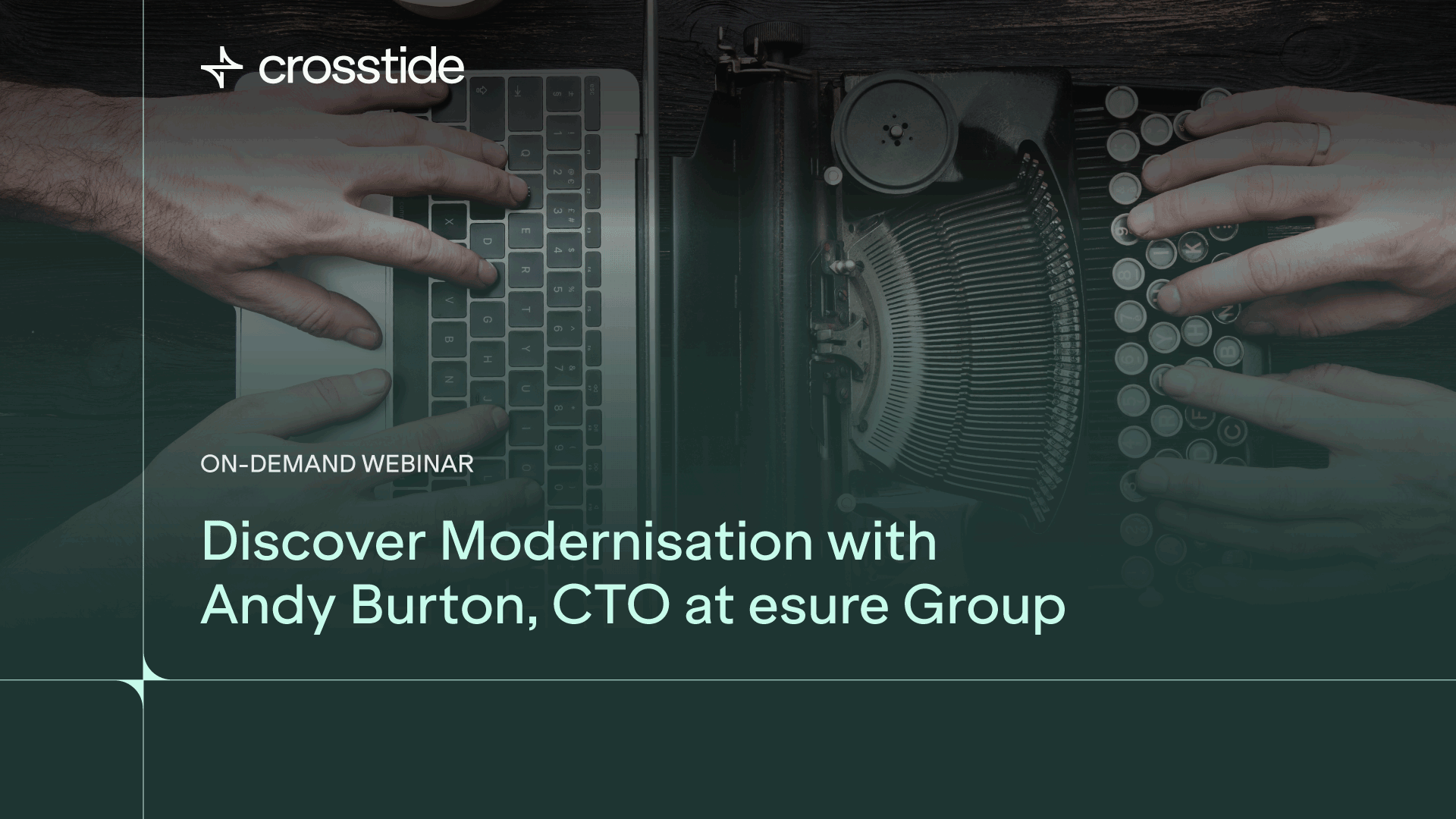Data Platform Modernisation
Building the right platform
Data is critical for driving better, more automated decisions and delivering significant business value. We build real-time, scalable modern platforms with full support for GenerativeAI, Machine Learning, and Business Intelligence workloads, designed around your use cases, data estate, and business priorities..
.png)
What do we help you achieve?
Accessible and interoperable data
Breaking down data silos enables access across environments, helping data teams to deliver business value in production. Data platforms as abstraction layers also ease interoperability concerns by making data easier to consume.
Scalable, AI-capable architecture
Data platforms are built with ML and AI capabilities in mind. These platforms are designed to scale processing workloads up or down as needed, and optimise cost-performance. All while retaining the ability to evolve as your business challenges and technical landscapes change.
Modelled, clean, trustworthy data
We embed data governance, enforce business rules, and re-model data to ensure high-quality, trustworthy data. This enables confident, widespread use of data across the organisation. Your data can be trusted to drive BI, ML, or AI, to deliver as much return on investment as possible.
FAQs

Why the focus on use cases?
Data platform modernisation programmes can be costly and take a significant amount of time. Waterfall approaches can take 18-24 months before significant business value is delivered. We focus on agile approaches (e.g. build an end-to-end MVP, deliver value, and iterate).
These build confidence in the platform not just as a set of technical capabilities, but also as a strategic business solution, and help to justify on-going investment.
What assets and accelerators do you have?
We have example data policies and reference architectures for all AWS, GCP, and Azure data platforms, including Snowflake, Databricks, and Microsoft Fabric. We also have infrastructure-as-code templates for many of these data platforms and advice on best practices and platform structure.
What tools and technology do you support?
We support data platforms built using a number of technologies, but for the core platform we use Databricks and Spark, dbt, Snowflake, Azure Synapse and Fabric, AWS Athena, Redshift, and GCP BigQuery. Most of our data platform implementations are done in Python or SQL, with some built using tools like Fivetran in the past.
What about GenerativeAI?
Data platforms are often adjacent to or a source for Generative AI solutions. We ensure—alongside our other assets and accelerators—that our data platforms can serve as a point of integration for a GenAI solution (e.g. consuming or being consumed from GenAI applications) or as a source, e.g. Retrieval-Augmented Generation-based GenAI solutions.
What do you do in the data governance space?
Depending on your requirements, we will commonly build features such as data lineage into our data pipelines to help trace data from source to consumption. We build in the appropriate security model depending on the sensitivity of the data, making full use (as appropriate) of access control frameworks such as RBAC. Row and column level security, data masking, pseudonymisation and tokenisation can also be built into our solutions.
From a technology perspective, our technical focus is primarily on Databricks’ Unity Catalog or Azure Purview.
What lessons have you learned from doing data platform builds?
Engaging the right stakeholders from the start helps ensure that risk/cybersecurity and even technology are fully onboard with the strategic direction and tooling being used for the data platform.
Focusing, even in challenging scenarios, on projects that deliver real, tangible business value, rather than just migrating data sets without looking at the end user adoption. Change management on data platforms is critical, especially for teams that are used to using tools like Excel and shadow databases like Access.
Migrating an existing data model will also migrate its current challenges. Data platform modernisations are a great opportunity to revisit data models and ensure the right balance of interoperability, performance, and cost.
Finally, shape your short and medium-term data platform objectives around your stakeholders' strategic objectives and challenges.
How we deliver
We work with business stakeholders to align data and platform capabilities to real needs -driving a value-focused backlog. Our near-shore engineering team in Europe ensures cost-effective delivery, pairing consultants with the right technical support when needed.
.jpg)
Our technology ecosystem
.svg)



See our work in action
See our work in action
What we do

Design the target state architecture
We design the right data platform architecture based on your data and use cases. Data platforms live at the core of an organisation for many years. Ensuring they are built correctly at the outset is critical for reducing cost, ensuring longevity, and continually delivering value.
Ingest and model data
Ingest data through structured layers to ensure it is well-modelled, accessible, and ready for integration. Support batch, real-time, and event-driven ingestion to keep data fresh and insight-ready across all use cases.
Migrate use cases
Many consultancies consider moving data sets the definition of success for a data migration. We take a different approach, focusing on migrating use cases - ideally net new.
This enables us to demonstrate that the data platform works as intended, and to ease the path of both adoption and financial viability by delivering incremental profitability improvements.
Drive platform adoption
We go beyond delivery to ensure the platform is fully operationalised and adopted. By partnering with data and business teams, we help embed the platform into day-to-day workflows, driving sustained usage, value realisation, and long-term success.




%20-%20El%20(1).jpg?width=2000&name=Home%20Insights%20(Article)%20-%20El%20(1).jpg)
.jpg?width=2000&name=Home%20page%20-%20animation%203%20-%20Anikh_Subhan%20(1).jpg)